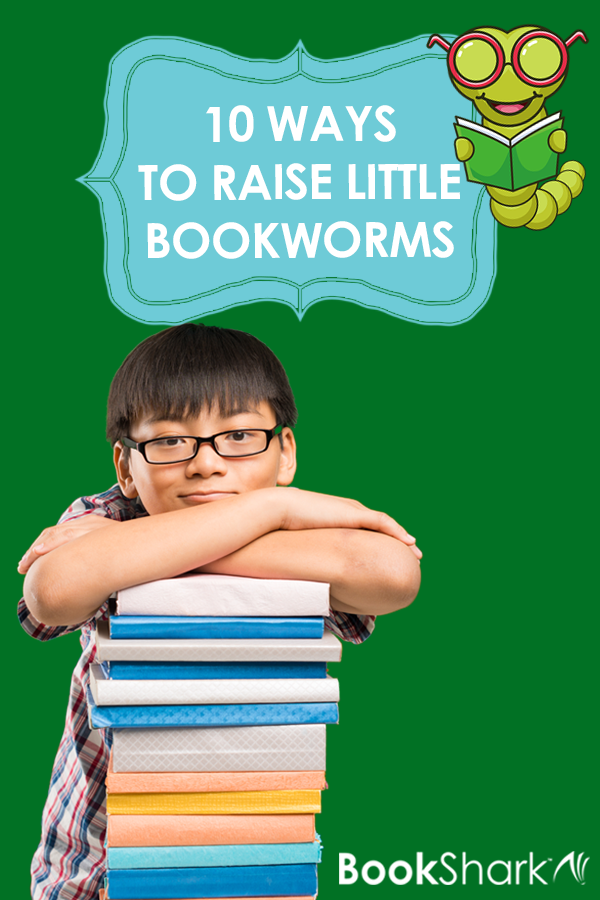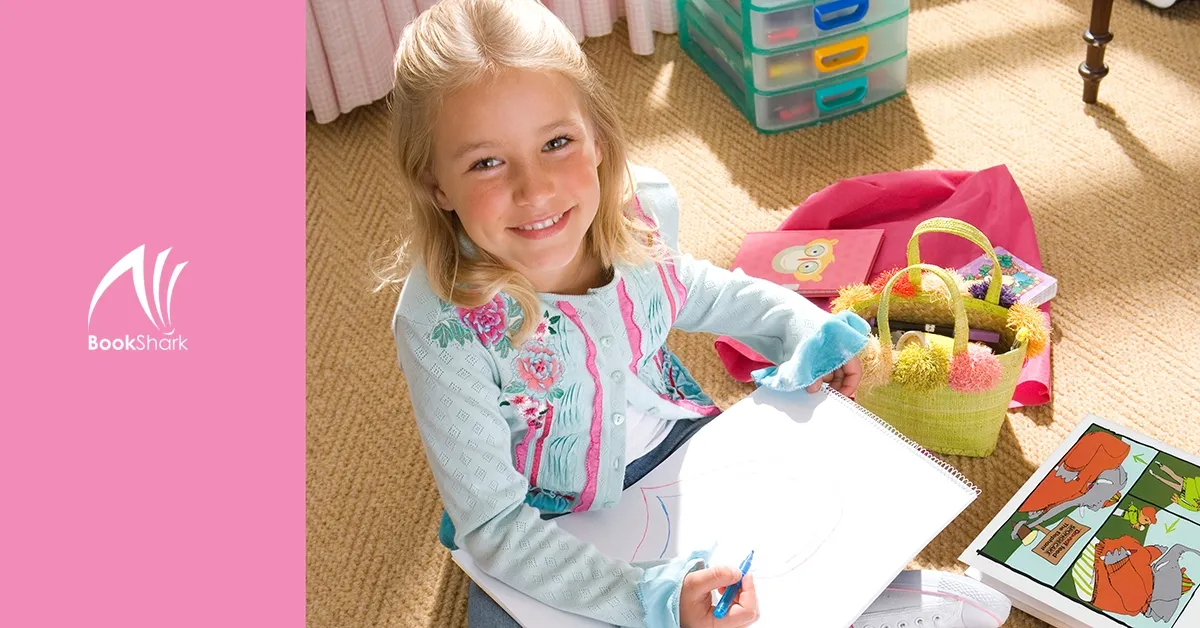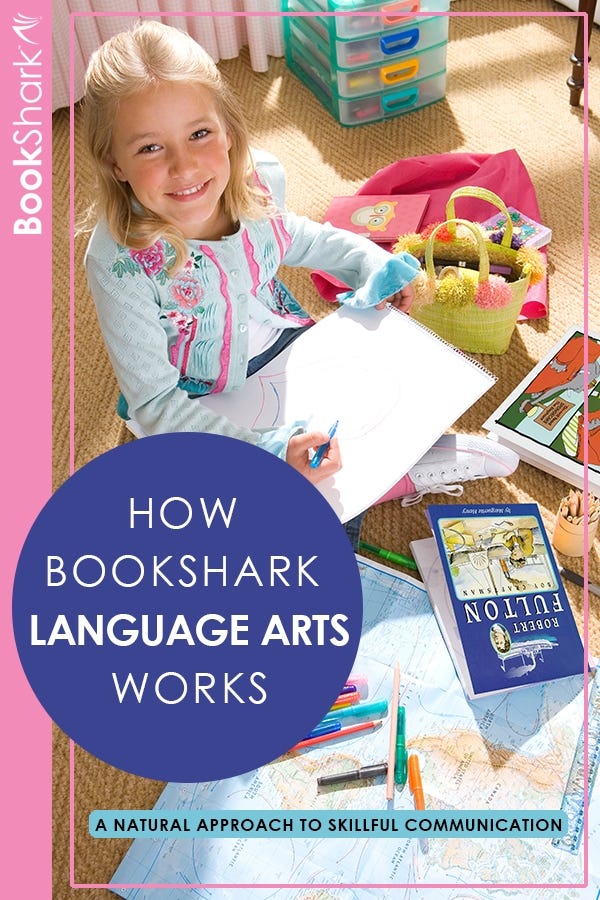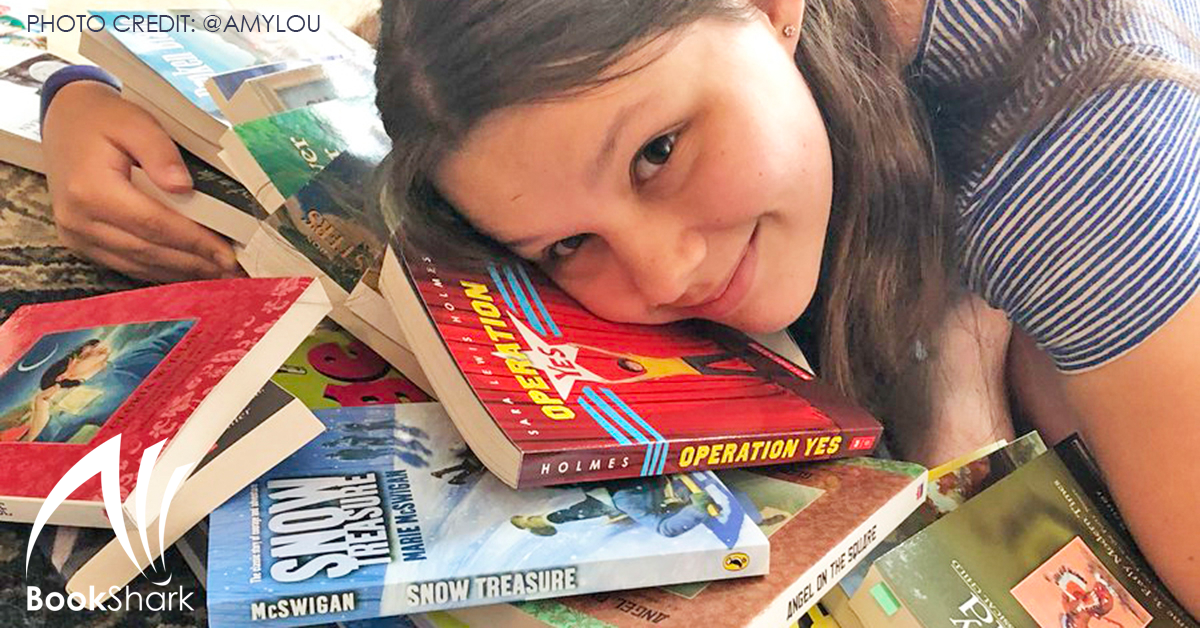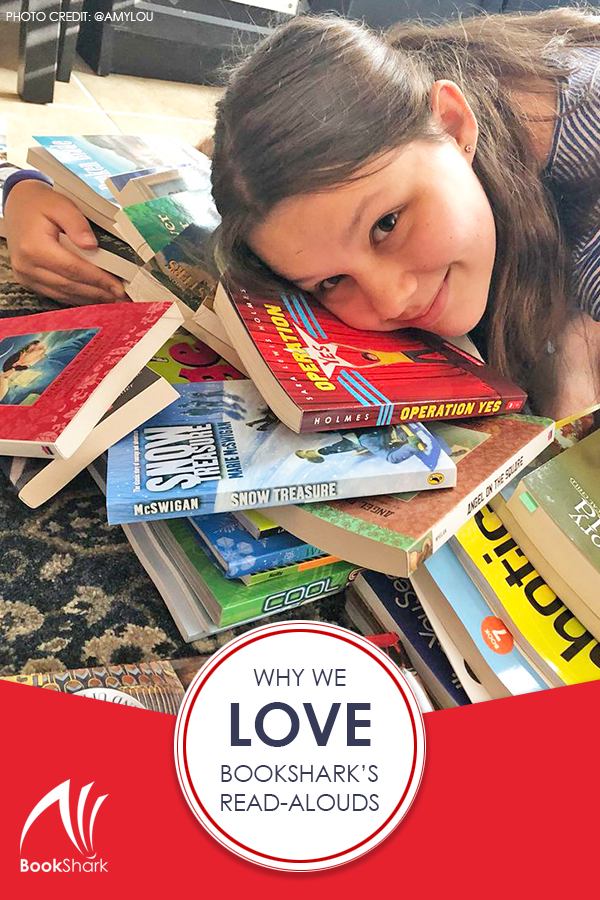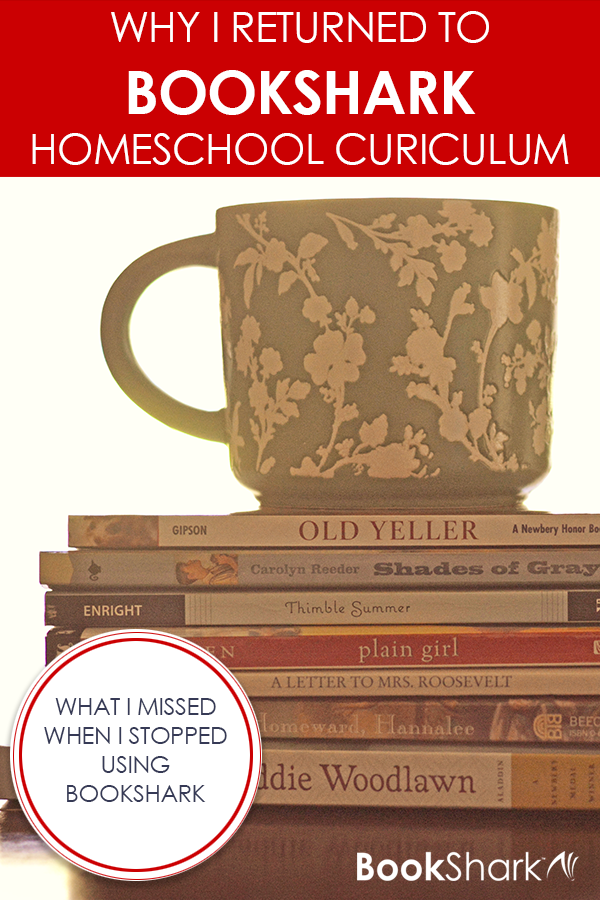Many BookShark parents love to outsource some of the scheduled reading aloud to audiobooks. This hack gives them a bit more time, saves their voice, and even allows the entire family to enjoy the listening experience together while traveling or doing chores.
Another big use of audiobooks in homeschooling is by children who struggle with reading independently. Whether it’s due to dyslexia or just learning at a slower pace, these students benefit from hearing their Readers delivered in audiobook form.
Due to licensing challenges, BookShark itself does not provide audiobooks alongside its literature-based curriculum. But with a touch of resourcefulness, you can piece together what you need. Here are our recommendations to get you started with your search of audiobooks for BookShark.
1. Free Audiobooks
The apps below are available for free through most libraries. These three apps are always our first stop when hunting for a particular title in audiobook form. Much like a library book, you have a limited time to listen but can always renew. Check with your local library to see what’s provided with your membership or library card.
2. New Releases and Subscriptions
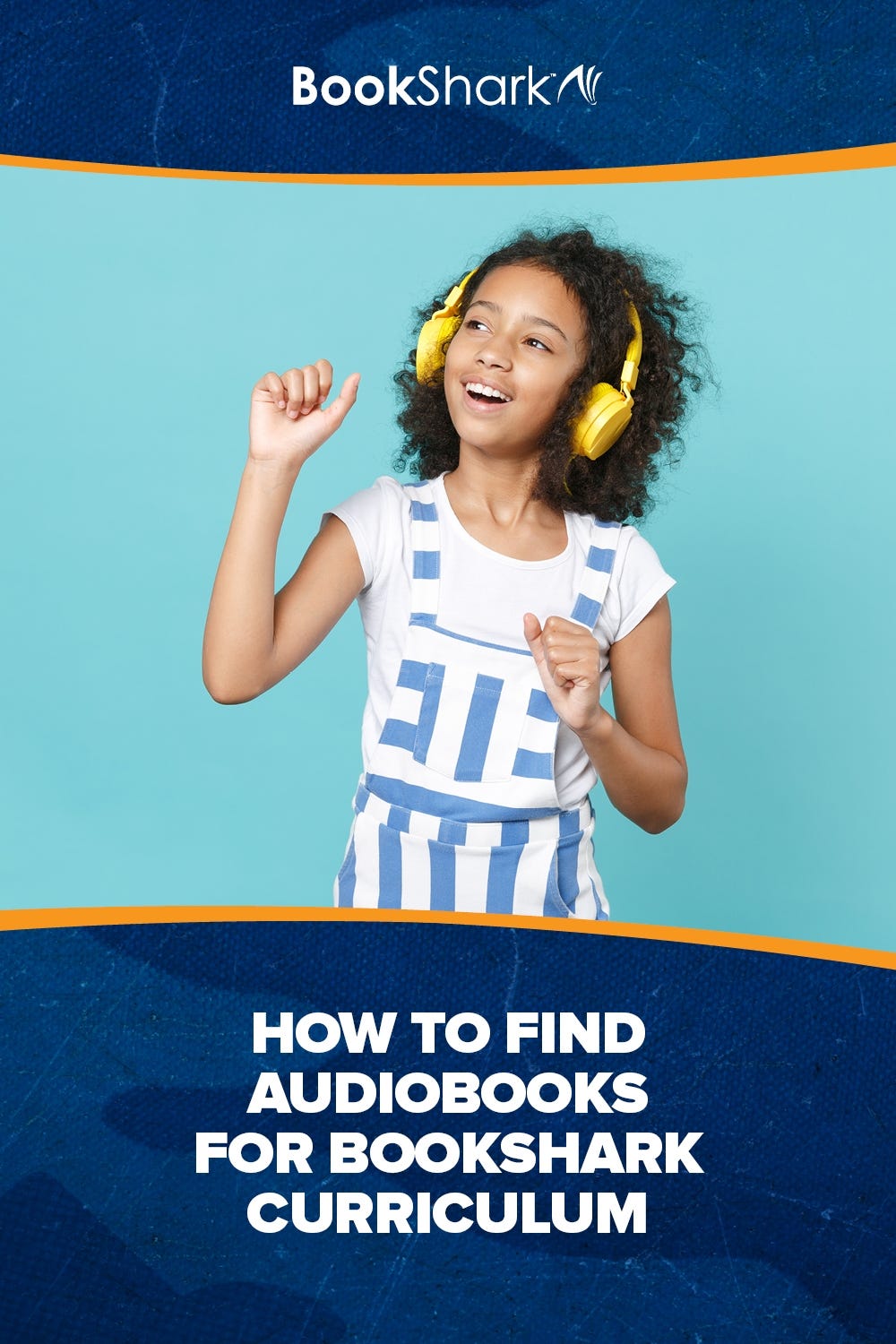
Sometimes there’s a new book out and we just can’t wait for it to be offered at our library. Or maybe we want the option of listening to a book over and over without having to return it. In that case, we need a paid subscription.
I also like the feature in these apps that allows students to choose if they want to read or be read to.
3. E-book Readers
There are also a few apps that read ebooks to you. These options are wonderful if you’re looking to help your child become a fluent independent reader since your child can follow along visually with the audio.
- Speechify
- ReadAloud
- Voice Aloud Reader
- Bookshare® According to its website “is available only for individuals who have a qualifying reading or perceptual disability, a visual impairment, or a physical disability that affects their ability to read printed works.”
My children both love audiobooks. Many a night they have fallen asleep listening to a favorite story. We also love to listen to books on car rides.
Some readers also do a better job understanding what they are reading when they can hear it. As a teacher who has taught many students with dyslexia and other learning differences, I found this to be true again and again. While younger students might enjoy being read aloud to, I’ve also found older students often like the autonomy an audiobook gives them.
Audiobooks do not have to replace the books in our homeschool curriculum, but they can be a wonderful addition, and for some students work even better than a physical book. Try using audiobooks in conjunction with your BookShark Readers or Read-Alouds or use audiobooks when you’re in the car. They make for a wonderful start and end to the day as well. Audiobooks encourage even more reading in our homeschool days! There are no drawbacks when it comes to more great books!

About the Author
Kelly left teaching middle and high school English to homeschool her children and reclaim how she and her family spent their time. Followers of interest-led learning, her family’s days rarely look the same, but they tend to include a lot of books, art supplies, and time outside.
Kelly facilitates local writing circles for women and children and blogs about nurturing the love of learning on her blog, Curiosity Encouraged. She loves to journal, read memoirs, hike, and travel. She seeks quiet mornings and good coffee daily.


